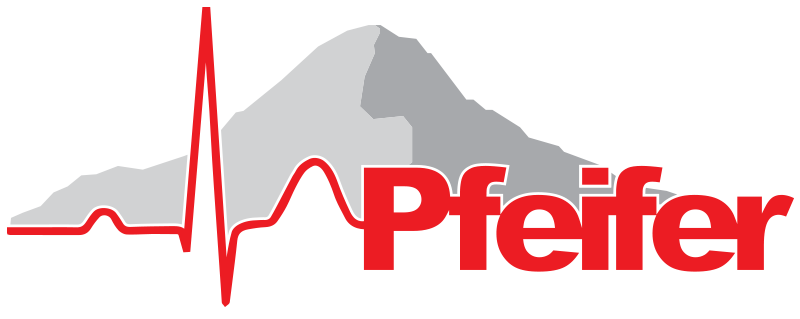 |
Processing Bioelectric Signals Preprocessing Framework for Electrograms Intermittently Fiducialized from Experimental Recordings |
Overview
Documentation/Tutorials
FAQ and Community Involvement
Acknowledgements
Pfeifer
Preprocessing Framework for Electrograms Intermittently Fiducialized from Experimental Recordings (PFEIFER) is a MATLAB Graphical User Interface designed to process bioelectric signals acquired from experiments. PFEIFER was specifically designed to process electrocardiographic recordings from electrodes placed on or around the heart or on the body surface. Specific steps included in PFEIFER allow the user to remove some forms of noise, correct for signal drift, and mark specific instants or intervals in time (fiducialize) within all of the time sampled channels. PFEIFER includes many unique features that allow the user to process electrical signals in a consistent and time efficient manner, with additional options for advanced user configurations and input. PFEIFER is structured as a consolidated framework that provides many standard processing pipelines but also has flexibility to allow the user to customize many of the steps. PFEIFER allows the user to import time aligned cardiac electrical signals, semi-automatically determine fiducial markings from those signals, and perform computational tasks that prepare the signals for subsequent display and analysis.Documentation
Documentation can be found at http://sci.utah.edu/devbuilds/pfeifer_docs/PfeiferDocumentation.pdfTutorials
FAQ and Community Involvement
PIDX tutorials can be found at https://sites.google.com/site/bigdatahpc/Email List for FAQ and Community Involvement: This email address is being protected from spambots. You need JavaScript enabled to view it. for specific questions about the software. All other contributions are submitted via standard GitHub Practices.
Acknowledgements
Acknowledgement: Pfeifer is an Open Source software project that is principally funded through the SCI Institute's NIH/NIGMS CIBC Center and the Nora Eccles Harrison Cardiovascular Research and Training Institute (CVRTI). Please use the following acknowledgment and send us references to any publications, presentations, or successful funding applications that make use of NIH/NIGMS CIBC software or data sets."This project was supported by the National Institute of General Medical Sciences of the National Institutes of Health under grant numbers P41 GM103545 and R24 GM136986, and the Nora Eccles Harrison Cardiovascular Research and Training Institute (CVRTI)."
